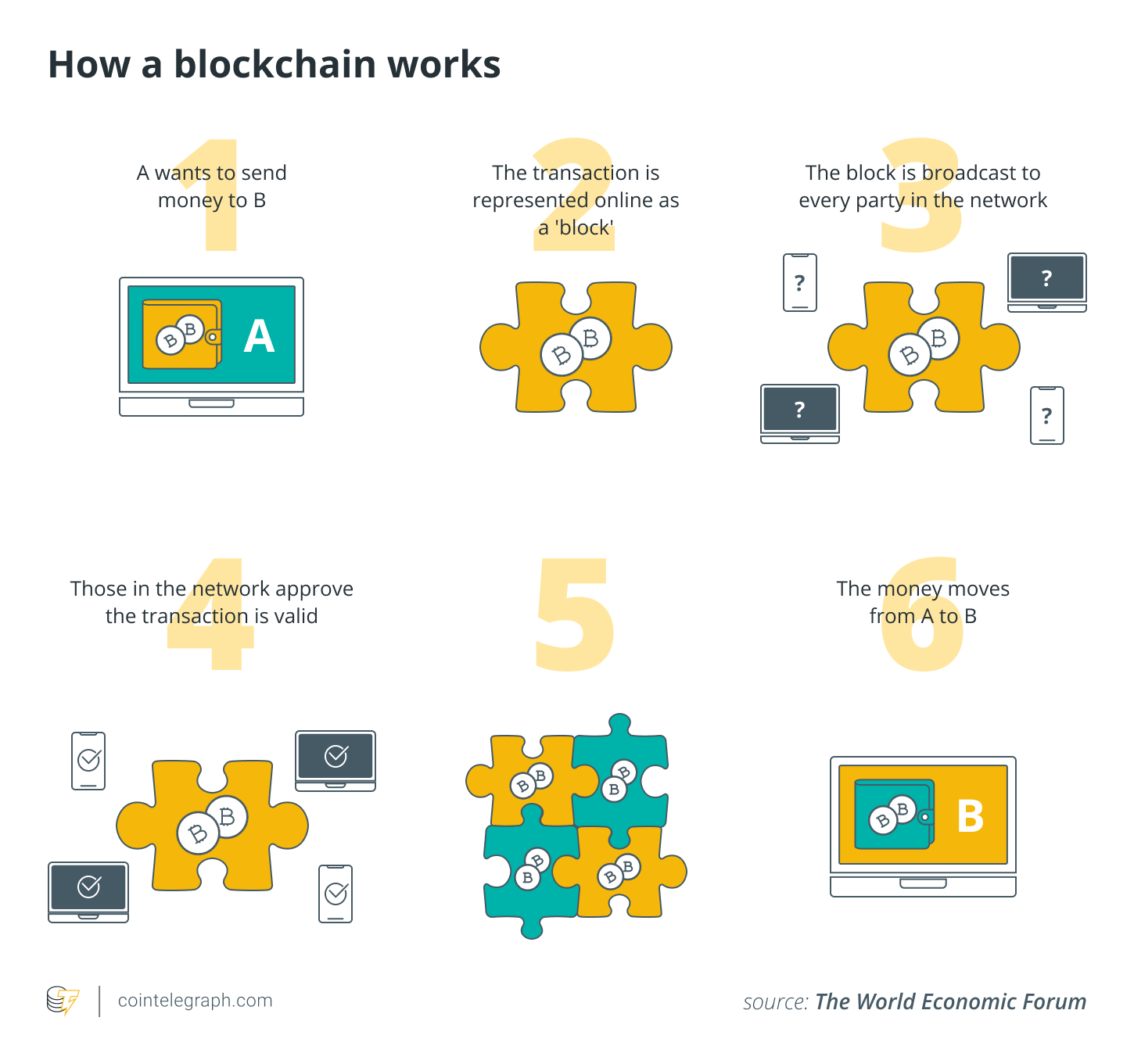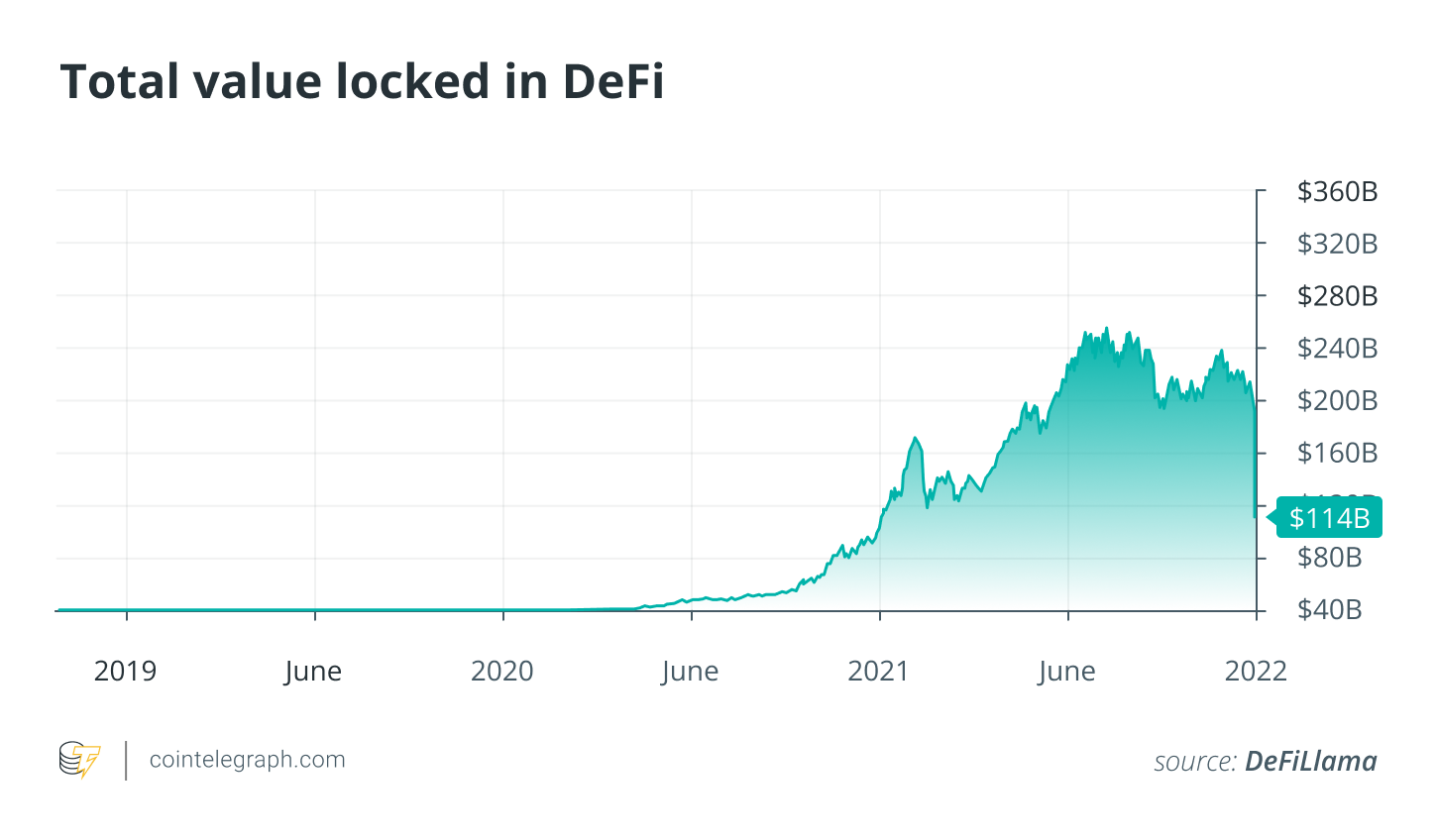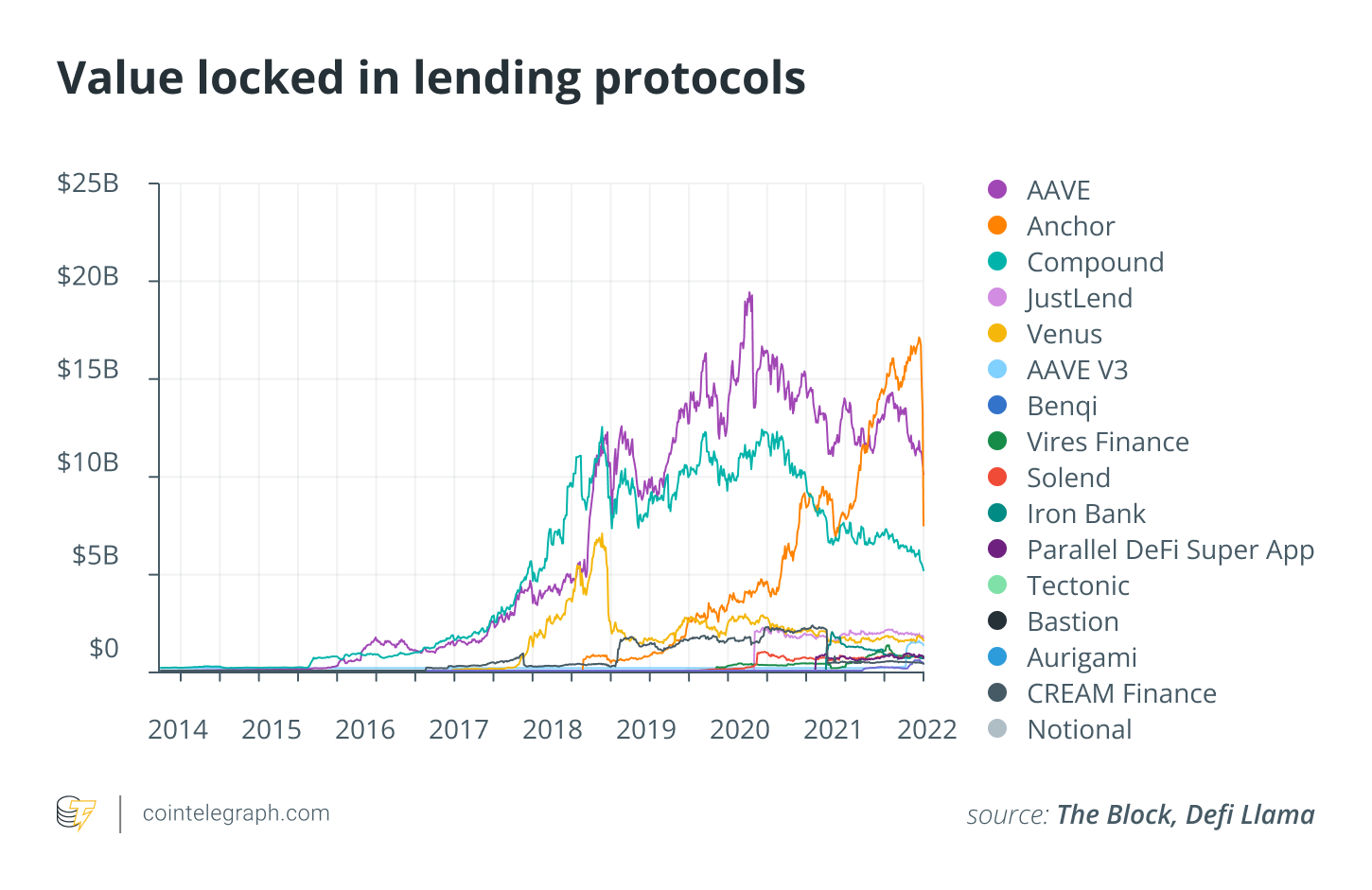The world of decentralized finance (DeFi) is gradually expanding to encompass a significant share of the global financial lending space by virtue of the inherently trustless manner of operation and the ease of accessing capital. As the crypto ecosystem has grown to a $2-trillion industry by market capitalization, new products and offerings have emerged thanks to burgeoning innovation in blockchain technology.
Lending and borrowing have become an integral part of the crypto ecosystem, especially with the emergence of DeFi. Lending and borrowing are one of the core offerings of the traditional financial system, and most people are familiar with the terms in the form of mortgages, student loans, etc.
In traditional borrowing and lending, a lender provides a loan to a borrower and earns interest in exchange for taking the risk, while the borrower provides assets such as real estate, jewelry, etc., as collateral to obtain the loan. Such a transaction in the traditional financial system is facilitated by financial institutions such as a bank, which takes measures to minimize the risks associated with providing a loan by conducting background checks such as Know Your Customer and credit scores before a loan is approved.
Related: Liquidity has driven DeFi’s growth to date, so what’s the future outlook?
Borrowing, lending and blockchain
In the blockchain ecosystem, lending and borrowing activities can be conducted in a decentralized manner wherein the parties involved in a transaction can deal directly with each other without an intermediary or a financial institution through smart contracts. Smart contracts are self-executing computer codes that have a certain logic where the rules of a transaction are embedded (coded) in them. These rules or loan terms can be fixed interest rates, the loan amount, or contract expiry date and are automatically executed when certain conditions are met.

Loans are obtained by providing crypto assets as collateral on a DeFi platform in exchange for other assets. Users can deposit their coins into a DeFi protocol smart contract and become a lender. In return, they are issued native tokens to the protocol, such as cTokens for Compound, aTokens for Have or Dai for MakerDao to name a few. These tokens are representative of the principal and the interest amount that can be redeemed later. Borrowers provide crypto assets as collateral in exchange for other crypto assets that they wish to borrow from one of the DeFi protocols. Usually, the loans are over-collateralized to account for unexpected expenses and risks associated with decentralized financing.
Related: Looking to take out a crypto loan? Here’s what you need to know
Borrowing, lending and total value locked
One can lend and borrow through various platforms in the decentralized world, but one way to gauge the performance of a protocol and select the right one is by observing the total value locked (TVL) on such platforms. TVL is a measure of the assets staked in smart contracts and is an important indicator used to evaluate the adoption scale of DeFi protocols as the higher the TVL, the more secure the protocol becomes.
Smart contract platforms have become a major part of the crypto ecosystem and make it easier to borrow and lend due to the efficiencies offered in the form of lower transaction cost, higher speed of execution and faster settlement time. Ethereum is used as a dominant smart contract platform and is also the first blockchain to introduce smart contracts. The TVL in DeFi protocols has grown by over 1,000% from just $18 billion in January 2021 to over $110 billion in May 2022.

Ethereum takes up more than 50% of the TVL at $114 billion as per DefiLlama. Many DeFi lending and borrowing protocols are built on top of Ethereum due to the first-mover advantage. However, other blockchains, such as Terra, Solana and Near Protocol, have also increased traction due to certain advantages over Ethereum such as lower fees, higher scalability and more interoperability.
Ethereum DeFi protocols such as Aave and Compound are some of the most prominent DeFi lending platforms. But one protocol that has grown significantly in the past year is Anchor, which is based on the Terra blockchain. The top DeFi lending protocols based on TVL can be seen in the graph below.

The transparency provided by DeFi platforms is unmatched by any traditional financial institution and also allows for permissionless access, implying that any user with a crypto wallet can access services from any part of the world.
Nevertheless, the potential for growth of the DeFi lending space is massive, and the use of Web3 crypto wallets additionally ensures that DeFi participants maintain a hold over their assets and have complete control over their data by virtue of the cryptographic security provided by blockchain architecture.
This article does not contain investment advice or recommendations. Every investment and trading move involves risk, and readers should conduct their own research when making a decision.
The views, thoughts and opinions expressed here are the author’s alone and do not necessarily reflect or represent the views and opinions of Cointelegraph.
Neeraj Khandelwal is a co-founder of CoinDCX, an Indian crypto exchange. Neeraj believes that crypto and blockchain can bring about a revolution in the traditional finance space. He aims to build products that make crypto accessible to and easy for global audiences. His areas of expertise lie in the crypto macro space, and he also has a keen eye for global crypto developments such as CBDCs and DeFi, among others. Neeraj holds a degree in electrical engineering from the prestigious Indian Institute of Technology Bombay.
In recent years, decentralized finance (DeFi) has become one of the most revolutionary advances in the blockchain space. DeFi has enabled the decentralization of financial systems, allowing users to access and interact with funds in a secure, trustless manner while eliminating the need for a middleman or centralized authority. One of the areas where DeFi is having a particularly profound effect is lending, and its impact is transforming the traditional routes of financial institutions.
DeFi lending is a process through which users can borrow and lend funds directly on the blockchain, based on trustless smart contracts. With this approach, no third parties are required and borrowers are able to get capital more quickly, with higher transparency and significantly lower costs. It also allows people around the world to access more varied loan products and terms, which has traditionally been difficult for traditional lenders to offer.
In contrast to traditional lending, DeFi lending does not depend on a credit score. Instead, users must provide Collateral in the form of cryptocurrency, which is then used to secure their debts. This approach puts less risk on borrowers, as the risk of default is greatly reduced.
Additionally, DeFi lending protocols have automated the entire process. By using DeFi protocols, users can take out loans, post collateral, and get their funds much faster than they would if they had gone through a traditional lender. This makes the process incredibly convenient, and eliminates the need for long wait times and manual processing.
DeFi is also transforming how users interact with their funds. DeFi protocols allow users to borrow and lend money without the need for a bank account, meaning those without access to traditional financial institutions can participate in the financial system. This opens up new opportunities for the unbanked and underbanked, allowing them to participate in financial activities such as lending and borrowing.
Overall, DeFi is transforming the way we think about lending. By introducing trustless smart contracts and automated protocols, it is changing the traditional routes of financial institutions, while also providing access to new financial opportunities for those who have traditionally been excluded. As the technology continues to evolve, DeFi promises to revolutionize the banking industry, and open up a new world of possibilities.























